Most influential visual artists of all time
Since the time of the Renaissance, there have been many artists with exceptional abilities in sculpting, frescos, and painting. Some of these artists adopt incredible techniques in the creation of masterworks. There are many paintings that continue to mesmerize the world till date. Some of the famous paintings are the Mona Lisa by Leonardo, The Creation Of Adam by Michelangelo, Starry Night by Vincent van Gogh, The Scream by Edvard Munch, to The Persistence Of Memory by Salvador Dali, Girl With A Pearl Earring and many more. Some of these artists were known to have mastery in a particular category of painting. For instance, Edmund Munch is often regarded as the father of expressionism form of painting. Expressionism is a form of art which began in Germany around the 20th century. It is a form of painting that explores the world from a subjective standpoint. This painting is such that is designed to inspire a particular kind of mood and emotion in viewers. Just like Edmund being a notable figure in this genre of painting, there are many other painters that have were respected for their mastery of other categories of panting. In the case of Renaissance artists, most were proficient in an extensive range of painting categories while adopting intricate techniques for maximum effect. Discussing the list of most influential visual artists may seem like a daunting task. While there are many notable visual artists, influential visual artists are those that had a profound impact on art while creating incredible masterpieces.
1. Jan van Eyck (1390 -1441)

Portrait of a Man in a Red Turban self-portrait Image via https://www.rivagedeboheme.fr
The Arnolfini portrait which currently sits in the national gallery in London is the work of one of the most influential visual artists of all time. Jan van Eyck is an inescapable name when discussing northern renaissance. While there isn’t plenty information on his early life, he was certainly at the forefront of visual panting in his time. His works which could be categorized under the Renaissance art are still relevant till date. Records of Jan Van Eyck’s professional career is embodied in is first widely known work which is Portrait of a Man in a Turban. At the peak of his career, Jan Van Eyck was known for creating many incredible works of art. Some of his numerous paintings include Annunciation, Crucifixion and Last Judgment diptych, Dresden Triptych, The Fountain of Life (painting) and all of his paintings on Madonna to secular paintings like Woman Bathing. There were many other impressive works of Jan Van Eyck which can no longer be found or that were not finalized before his demise. He was a respected artist in his time and remains a relevant figure in Northern Renaissance painting to date. He lived a short life which came to an end on 9 July 1441.
2. Leonardo da Vinci (1452-1519)

Leonardo da Vinci Image via https://www.splicetoday.com
Leonardo da Vinci achieved legendary status in his time as a painter and his contributions to visual art echoes to this day. It is almost impossible to discuss painting without mentioning the great Renaissance artist known as Leonardo Da Vinci. Leonardo was a versatile artist as he was great at painting sculpture and a long list of other artworks. Leonardo’s accomplishments transcend visual art as he is regarded as a genius in many other fields. He was known for many incredible paintings which were mostly for nobles and churches. From frescos to wall paintings to architecture, Leonardo Da Vinci displayed a heightened level of mastery over all of his crafts. From the Vitruvian man to the Last supper, Salvator Mundi and the celebrated Mona Lisa, Leonardo Da Vinci has created some of the most impressive work of art ever. Leonardo Da Vinci is the personification of the Renaissance man with capabilities in a variety of fields. He used Underpainting to Create the Mood and a variety of other impressive techniques as well. Leonardo lived a fulfilled professional life and died at the age of 67.
3.Michelangelo (1475-1564)
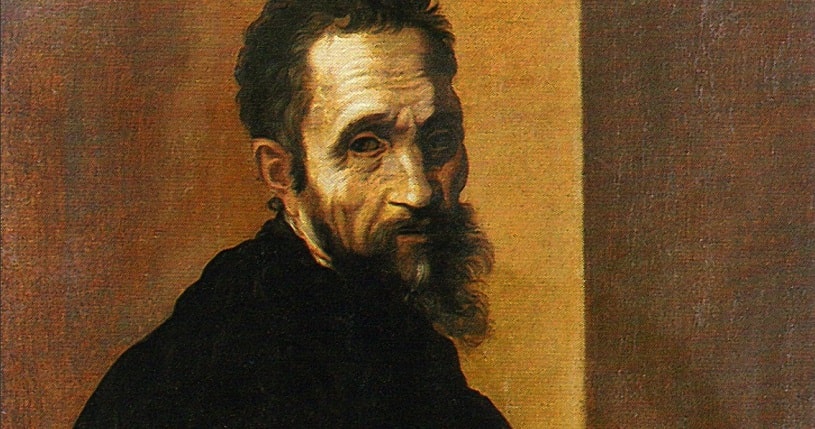
Michelangelo Image via https://www.newhistorian.com/
The feat of Michelangelo as a painter is such that is revered even to this day. Describing an individual as Michel Angelo is the same as describing the person as the greatest in a particular field. Michel Angelo is a celebrated Renaissance artist that Italian sculptor, painter, architect, and poet who demonstrated incredible mastery as a painter and a sculptor. Some of his most exciting sculptures include the Madonna of Bruges, Pieta, and David. Michelangelo was a devoted Catholic and he maintained a very moderate lifestyle even though he was very influential and rich. Various accounts of Michelangelo reveals that he had a melancholic personality and desired a somewhat solitary lifestyle. Nonetheless, Michelangelo ranks as one of the most accomplished artists of his time with some of the greatest works of art ever! He created Doni Tondo, Madonna of Bruges, Moses, The Creation of Adam, The Last Judgment and more. Many artists were influenced by the works of Michelangelo. Some of these artists include Lorenzo de' Medici, Domenico Ghirlandaio, Girolamo Savonarola, Giovanni Pico Della Mirandola, and Melozzo da Forlì.
4. Raphael (1483 - 1520)
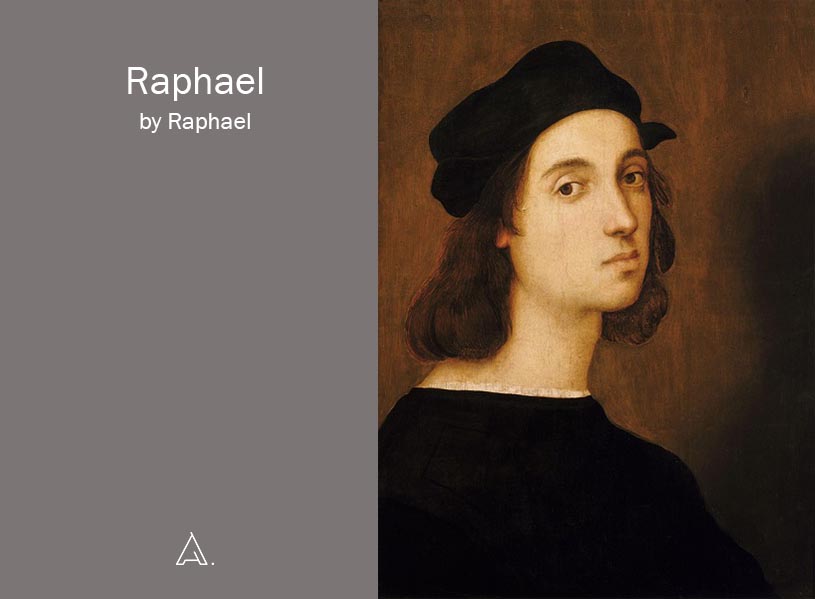
Raphael self-portrait Image via wikimedia.org
Just like many artists of the Renaissance period, most of their works were for religious patrons. Raphael is the son of the famous Giovanni Santi and he had a fairly comfortable upbringing even though he lost both of his parents by the time he was eleven. Raphael quickly became an important artist. Raphael is an influential artist that stood out in his time because he was young and accomplished. Raphael is an influential figure in visual art as he was actively involved in the creation of many beautiful works. Raphael created the Portrait of Baldassare Castiglione, The Triumph of Galatea, La belle jardinière (Madonna and Child with Saint John the Baptist), Transfiguration, and Sistine Madonna. Of all his impressive works he is best known for The School of Athens which remains is most valuable work. Raphael was an adventurous character and he led a romantic life too. The school of Athens is a unique fresco that was used to decorate the Stanza Della Segnatura.
5. Titian (1488 - 1576)

Titian self-portrait Image via http://www.everypainterpaintshimself.com
This artists had a tremendous influence on visual art and was appreciated by most of his contemporaries where he was referred to as the sun amidst small stars. Titian was one of the most versatile of Italian painters, equally skillful with pictures, landscape backgrounds, and allegorical figures. Titian is one artist that underwent a series of adjustments in his style of painting throughout the span of his career. However, Titian is known to have a love for the application of color. His career evolved significantly and at the height of his career, he created a spectacular painting known as the Bacchus and Ariadne, portraying Theseus. From Pesaro Madonna, Sacred and Profane Love, Danaë with Nursemaid, Venus of Urbino to Bacchus and Ariadne and the Assumption of the Virgin, this artists created many impressive paintings.
6. El Greco (1540 - 1614)
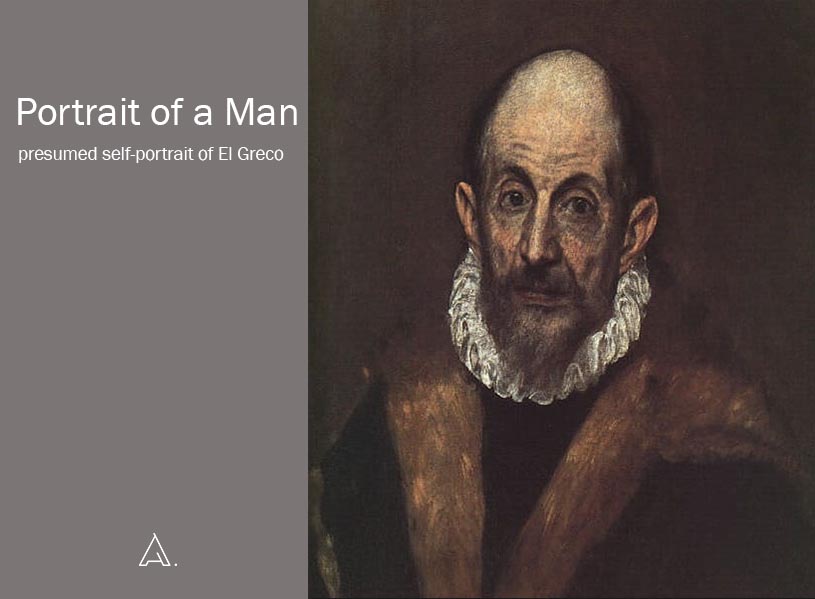
Portrait of a Man, presumed self-portrait of El Greco Image via http://www.elgreco.net/
His works are found within the context of the Spanish Renaissance. El Greco was a pet name which was used to highlight his Greek ancestry. Born in the Kingdom of Candia, this artist was known for the dramatic and expressionistic approach to painting. His paintings were centered on religious themes such as The Holy Trinity, The Miracle of Christ Healing the Blind, Assumption of the Virgin, Laocoön, The Nobleman with his Hand on his Chest, The Burial of the Count of Orgaz and many other astounding works.
7. Caravaggio (1571 - 1610)
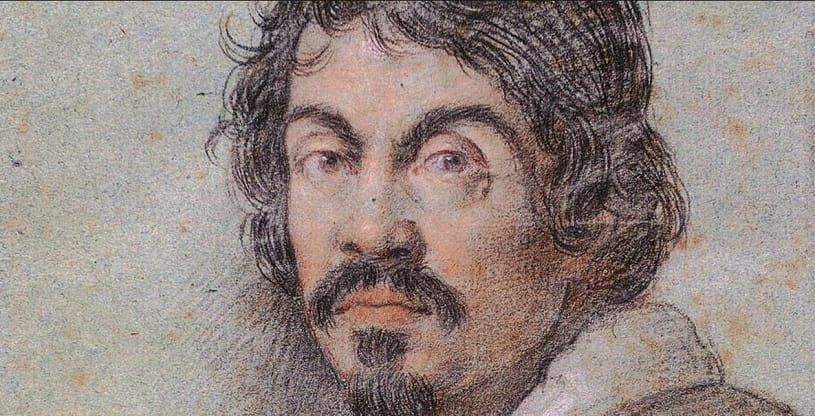
Chalk portrait of Caravaggio by Ottavio Leoni Image via http://www.bbc.com/
This is another Renaissance artist that was born at the time in Italy. He employed some of the most creative techniques to create mind-blowing works of art. The use of Baroque painting and tenebrism technique was his forte and was used in the creation of most of his works. Simone Peterzano was his teacher before he left for Rome. Caravaggio’s background was impoverished however his abilities soon began to make him relevant. One of his earliest paintings is the “Boy peeling the fruit”. Just like many artists of this period, his works were centered on religious themes and themes that centered on Greek mythology. One of such works is The Calling of Saint Mathew which shows how Mathew was called by Jesus to join his discipleship. Other celebrated artists were doubting Thomas, Bacchus, The Fortune Teller, David with the head of Goliath, The taking of Jesus, Medusa and many more. He was put in an orphanage at a tender age and did his traineeship in Milan before becoming a professional in Rome. While he will always be remembered for the intricate way in which he used Tenebrism, he had a very short career.
8.Peter Paul Rubens (1571-1640)

Image via http://www.visitflanders.com/
Peter Paul who is Flemish was known for his Baroque style of painting. He had a reputation as the best Flemish Baroque painters. His form of painting is such that communicates emotions to a heightened degree. Peter Paul is known for millions of stunning works which covers an extensive range of genres. From portrays religious themes paintings and landscapes, Peter Paul earned a place as the foremost Flemish painter. From Samson and Delilah¸ Honeysuckle Bower, The Descent from the Cross, to the Assumption of the Virgin Mary, The Disembarkation at Marseilles, Consequences of War (Horror of War) and more. One thing that is apparent from all of Peter Paul’s work is that they evoke emotions while portraying a mood that is almost palpable. Peter Paul died from a serious case of gout.
9.Rembrandt (1606-1669)
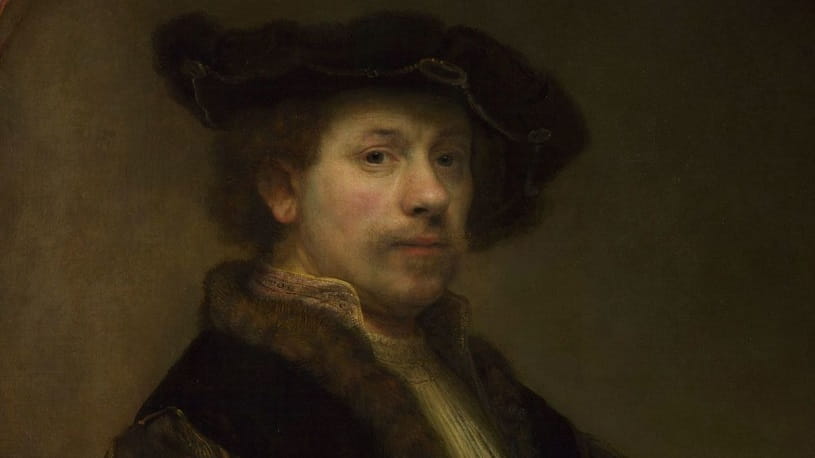
Image via http://www.latimes.com
If there is anything that makes Rembrandt a creative painter, it is the fact that he created The Night Watch. This life-size painting is one of the most powerful reflections of the influence of Rembrandt and his contributions to visual art. This painting adopts a Baroque painting while depicting the characters in the most engaging fashion. It almost feels like the characters were actually moving. Undoubtedly, Rembrandt is one of the most influential visual artists of all time because of this painting and more, he created a long list of paintings. However, is most celebrated works include the Self-Portrait with Two Circles, The Anatomy Lesson of Dr. Nicolaes Tulp, Danaë, and The Conspiracy of Claudius Civilis.
10. Johannes Vermeer (1632-1675)
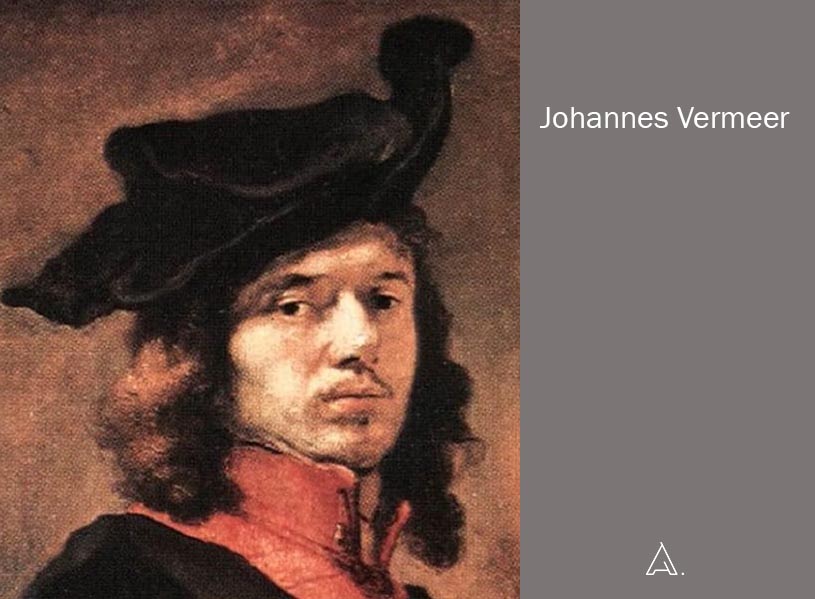
Image via https://www.thefamouspeople.com
Johannes Vermeer was known for genre painting and he made some success from this. However, he cannot be described as someone who became affluent from his endeavors as a visual artist. He led a simple life and marred one wife (Catherina Bolenes). In addition to the fact that he left his family in debt when he passed on, another indicator that he wasn’t affluent is the fact that he moved into his Mother-in-law’s house with his family. While he wasn’t much of a monetary success, he could be regarded as one of the most influential artists of his time. Johannes Vermeer created his paintings with the use of monochrome shades of grey technique. Johannes Vermeer had great mastery over his style of painting and was particularly great at selecting the coloring he used. A woman in Blue Reading a Letter, The Little Street, The Milkmaid, Woman Holding a Balan were some of his most impressive works. His style of painting earned him a place as one of the most influential visual artists of his time.
11. Francisco Goya (1746 - 1828)
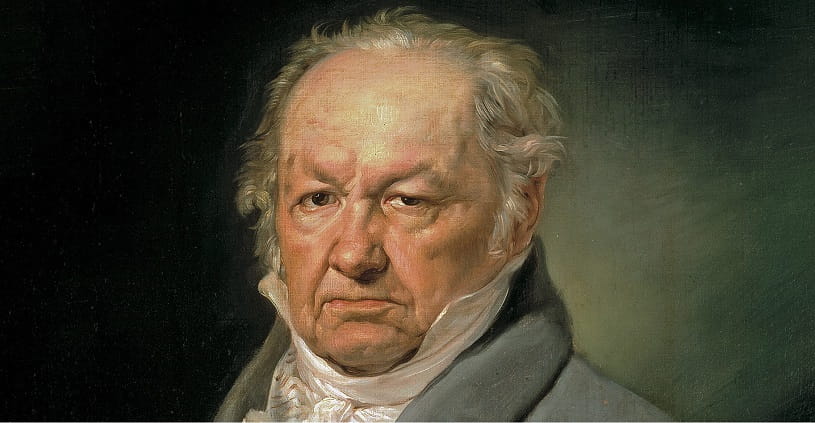
Image via Francisco Goya https://wikimedia.org
Francisco Goya was a celebrated Spanish painter that emerged in the period just before industrialization. He is a painter that could be categorized under the genre of romanticism. He used some of his works to communicate his emotions concerning the Napoleon led war against the Spanish at the time through his Disasters of War series. This painter always had a dark theme to his painting and most of which seemed to be centered on negative events that were ongoing in the political and religious systems at the time. Also, his paintings suggested that he also endured great fear about his mental state. It can almost be assured that this painter was slightly unstable as he had an unusual fascination with insanity, witches, asylum and other forms of negativity. The Parasol, The Dog, The Clothed Maja, The Nude Maja and many more were some of his most impressive works. His final years were characterized by an unusual paralysis, bad eyes and other health complication which led to his demise.
12.Edouard Manet (1832-1883)
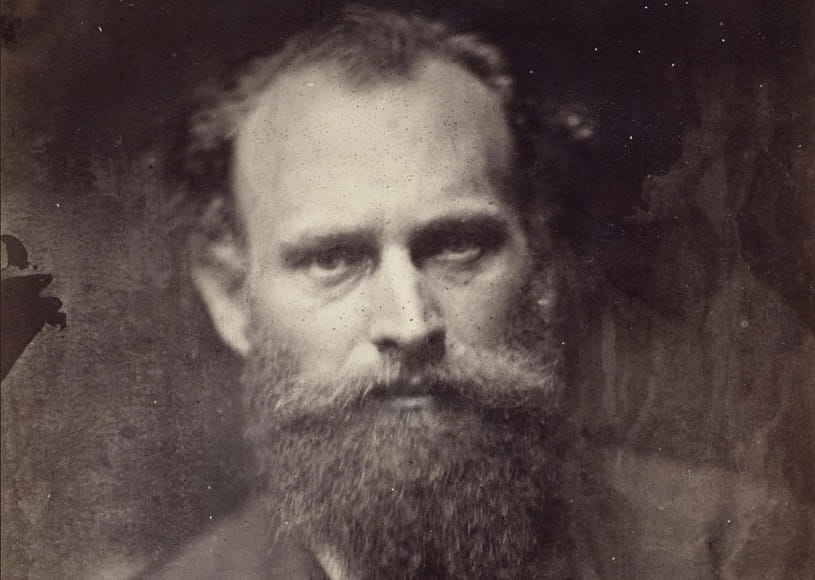
Image via http://1.bp.blogspot.com/
The relevance of Edouard stems from the fact that he was amongst the earliest people to create paintings of contemporary times. This earned him a place as one of the most influential visual artists as he was able to depict contemporary living in his works. Café scenes are one of his most impressive jobs and it portrays the way parties and social events look like in France at the time. It seems as though this artist was fascinated by many aspects of the modern life and most of this was captured in his works. For instance, Alabama and Kearsarge is an art that shows his attraction to the sea. The Execution of Emperor Maximilian, Boating, and A Bar at the Folies-Bergere are some of his most impressive works that solidify his position as one of the most influential visual artists of all time. He died from gangrene and syphilis complications.
13. Paul Cézanne (1839 - 1906)
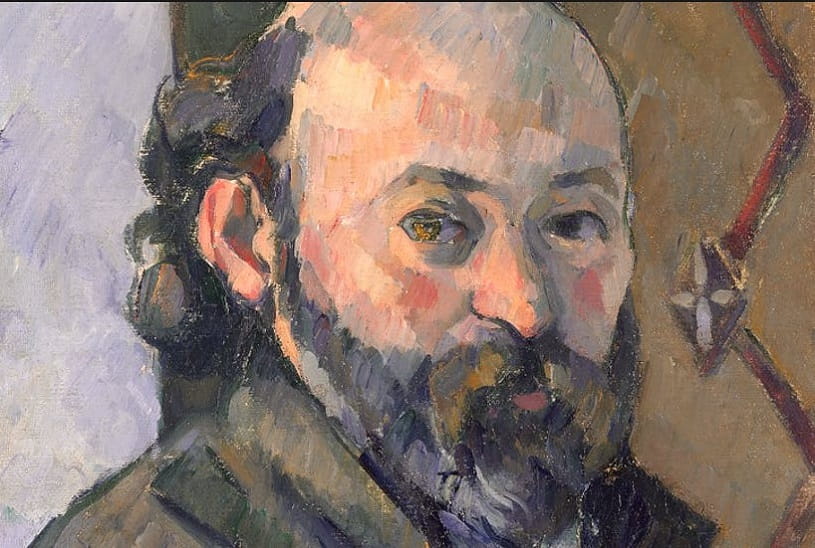
Image via https://www.spectator.co.uk/
This French painter used a form of painting which was popular at the time known as post-impressionism. Through his work, he captured many interesting facts about the society at the time. From the horrors of Napoleon wars to the various aspects of daily living, Paul Cezanne earned his place as a respected painter. The Murder is one of his most impressive works and it is regarded as the beginning of expressionist art. The Boy in the Red Vest, L’Estaque, Melting Snow¸ the Basket of Apples, Pyramid of Skulls and Mont Sainte-Victoire Series are some of his great works.
14. Claude Monet (1840-1926)
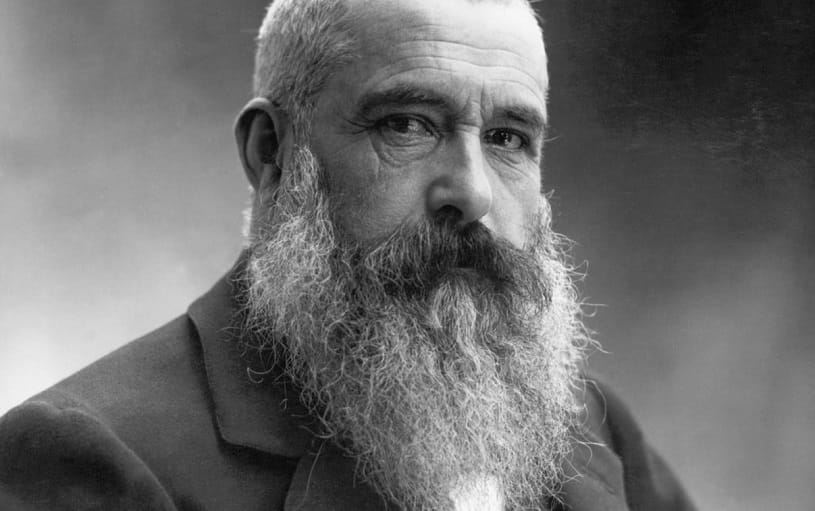
Image via Claude https://www.christies.com/
Monet is one of the best painters of his time. A French native, he is often regarded as a key figure in impressionism. Known for his fascination with painting lilies which were a common feature in the home he purchased, Claude was an artist that favored impressionism art form. His paintings could be detected by the mild paint brush strokes which created a compelling artwork. Some of the most impressive paintings of Claude Monet includes Woman with a Parasol, Camille or The Woman in the Green Dress, Haystacks Series, Impression Sunrise and Water Lilies for which he is best known. Claude Monet is a celebrated artist in his time who is remembered for impressionist art.
15. Vincent van Gogh (1853-1890)
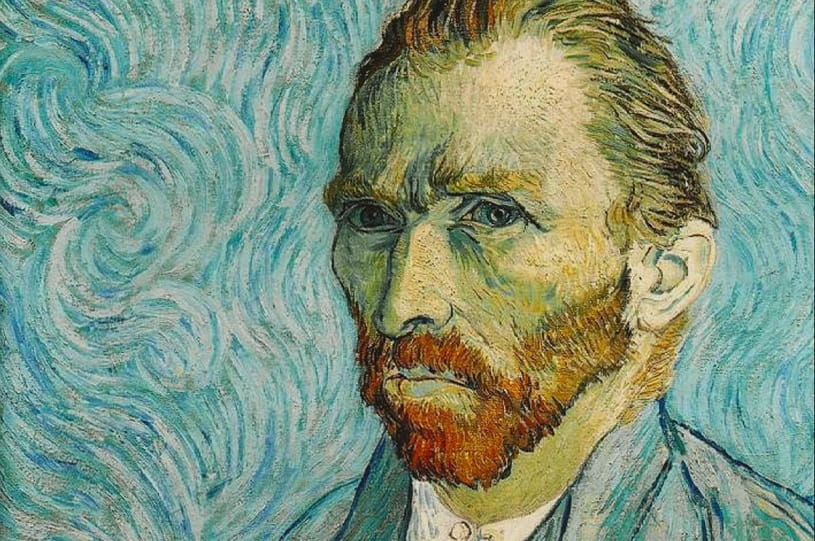
Image via https://www.biography.com/
This Dutch artist was from an affluent background however he described his childhood as being somewhat lonely. This can be attributed to the fact that he was sent to a village school far away from his parents. His form of painting existed within the era of impressionism and post-impressionism. Vincent Van Gogh is one of the most influential artists as he created many inspiring works of art. If there is anything Vincent is known for, it is his self-portraits. It is recorded that he made many self-portraits completing as much as 48 in his professional career. He was also known for painting flowers and cypresses, Wheatfield with Cypresses, Bedroom in Arles, Self-Portrait with Bandaged Ear, Cafe Terrace at Night, and Sunflowers.
16.Wassily Kandinsky (1866-1944)
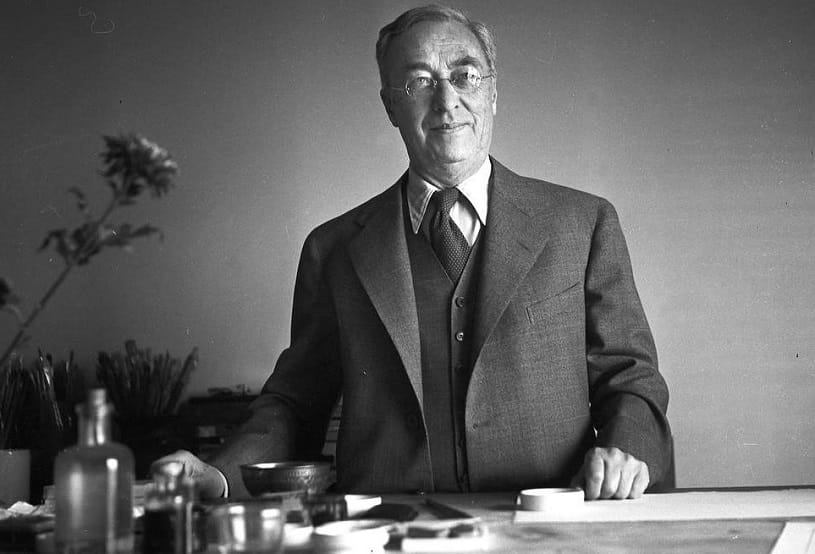
Image via https://www.independent.co.uk/
This Russian artist with German heritage is recognized for his contributions as an abstract artist. He created some of the most impressive abstract works. Coming from a family of tea merchants, he had a very privileged life and was well educated as a lawyer and economist. However, he decided to pursue his passion for painting. His creations are such that are widely appreciated. Yellow-Red-Blue, Farbstudie Quadrate, On White II, and Composition VII.
17. Henri Matisse (1869 - 1954)
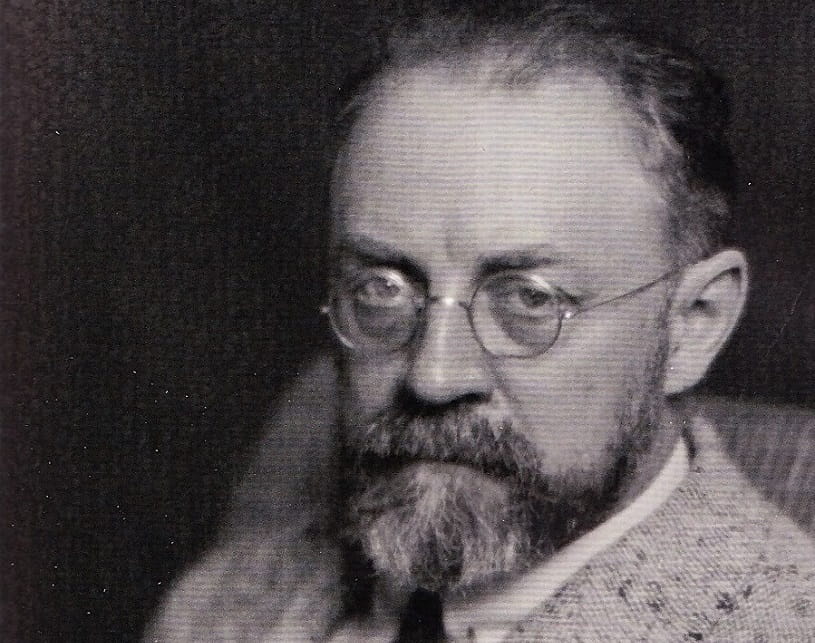
Image via https://www.thefamouspeople.com/
Recognized for his mastery of draughtsmanship Henri Matisse was also printmaker and sculptor. During the early 90s, Henri became recognized as a Fauve painter. Essentially, Fauve is a form of painting that emphasizes the use of colors. Henri is a Frenchman who happens to be the eldest son of a wealthy grain dealer. One of his best paintings was created in 1937 Femme au manteau violet. Other interesting paintings of this artist includes La Fenêtre ouverte, Poissons rouges et palette, Femme au chapeau, L’Atelier Rouge, and La Danse. La dance happens to be one painting that engenders a lot of appreciation and could be regarded as one of the most animated paintings of all time. Although significantly older, one of Henri Matisse contemporaries was Pablo Picasso. Both men became close friends and they were equal competitors as well. Both painters were renowned for their extensive and creative use of colorism in their artworks.
18.Pablo Picasso (1881-1973)
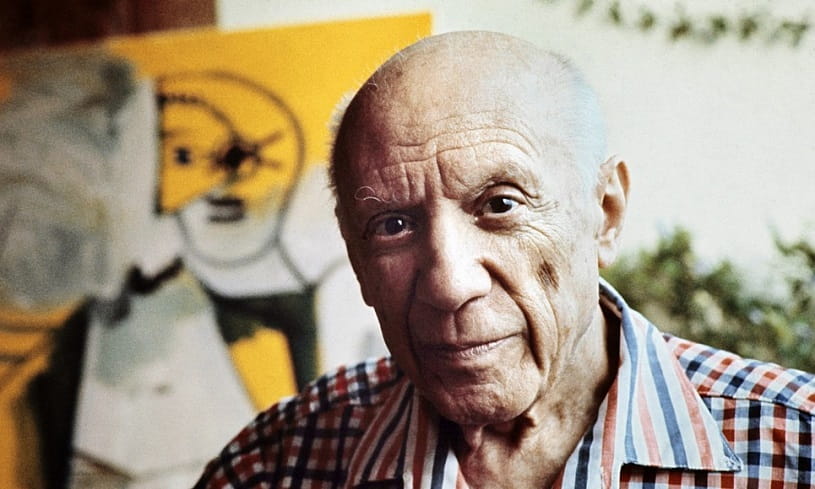
Image via http://siracusa.gds.it/
Just like Leonardo da Vinci of the renaissance, Pablo Picasso is a name that became synonymous with visual arts in the 20th century. Pablo Picasso can be described as one of the most influential visual artists of the 20th century. Born in Malaga Spain Pablo is one of the greatest artists of his time. He was a versatile visual artist with expertise is sculpting, painting, printmaking, stage designing and more. Pablo is directly linked to the cubism fervor and he was equally actively involved in constructed sculpture. Some of his finest works included Family of Saltimbanques, My pretty girl and La Vie which adopted a monochromatic painting style which was pervasive at the time. The girl before a Mirror and Three Musicians are some of his most celebrated cubism art forms. Le Rêve is one painting of Pablo which received a lot of admiration and remains one his most expensive works. The weeping woman and Guernica are also works indicating that he was a firm advocate of cubism. He was an accomplished artist with a global political consciousness which was often times reflected in his works like Guernica, massacre in Korea and many of his other works. Following a fulfilled career, Picasso dies of cardiovascular complications at the ripe age of 91.
19.Salvador DalI (1904 - 1989)
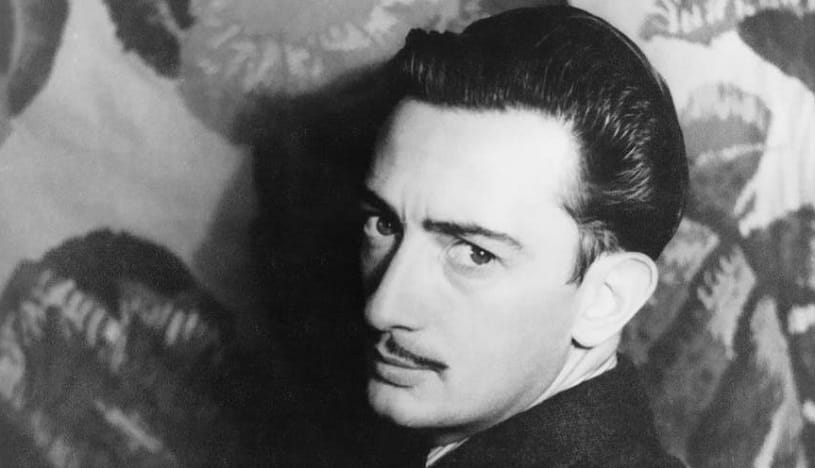
Image via https://newsela.com/
Unarguably the master of surrealism art form, he created many stunning artworks were relevant to the socio-political milieu of his time. The Burning Giraffe is one of such paintings that was created using surrealism style painting. The imagery is such that is reminiscent of destruction and was used to communicate his feelings about the civil war in Spain. The use of symbolism in his art known as the melting watches remains a spectacle to behold especially when viewed against its meanings and interpretation. Tuna Fishing (Homage to Meissonier), Dream Caused by the Flight of a Bee Around a Pomegranate a Second Before Awakening, Galatea of the Spheres, Metamorphosis of Narcissus, Christ of Saint John of the Cross, Soft Construction with Boiled Beans and The Persistence of Memory are some of his greatest works. The father of surrealism and symbolism, Salvador Dali is one of the most influential visual artists of all time.
20. Frida Kahlo (1907 - 1954)
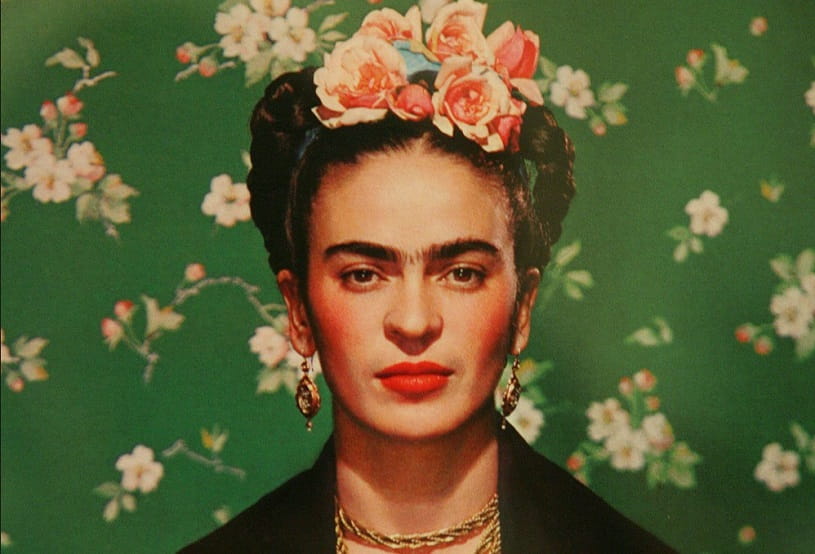
Image via https://nationalpost.com/
Know for creating self-portraits, Frida Kahlo is one of the most influential visual artists of her time born in 1907, she created many impressive artworks that were based on nature and artifacts. This Mexican artist created many impressive works which included The Broken Column, a painting which focused on the injuries she sustained in a fatal auto crash. Self-Portrait with Thorn Necklace and Hummingbird and the Two Fridas were some of her best jobs.










